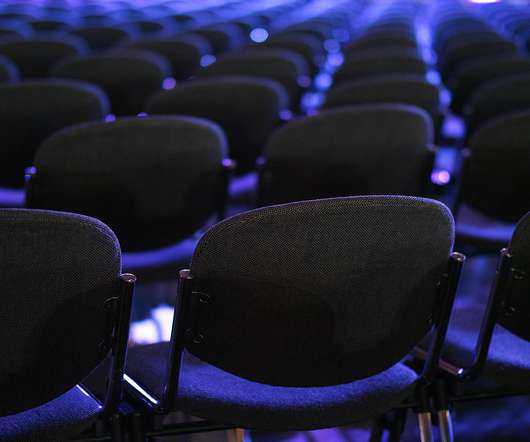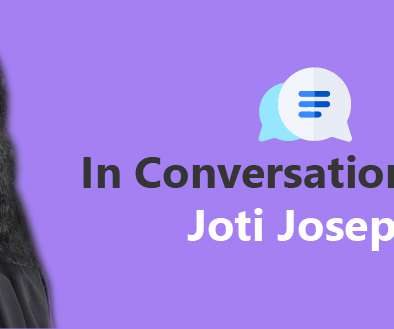Networked pedagogy
Learning with e's
MARCH 13, 2014
Differentials between academic practices, and the variety of roles we adopt within communities of practice and learning. Flipped classes, Massive Open Online Courses and Mind Technologies. The impact of traditional education on contemporary pedagogical practices. Unported License.







































Let's personalize your content